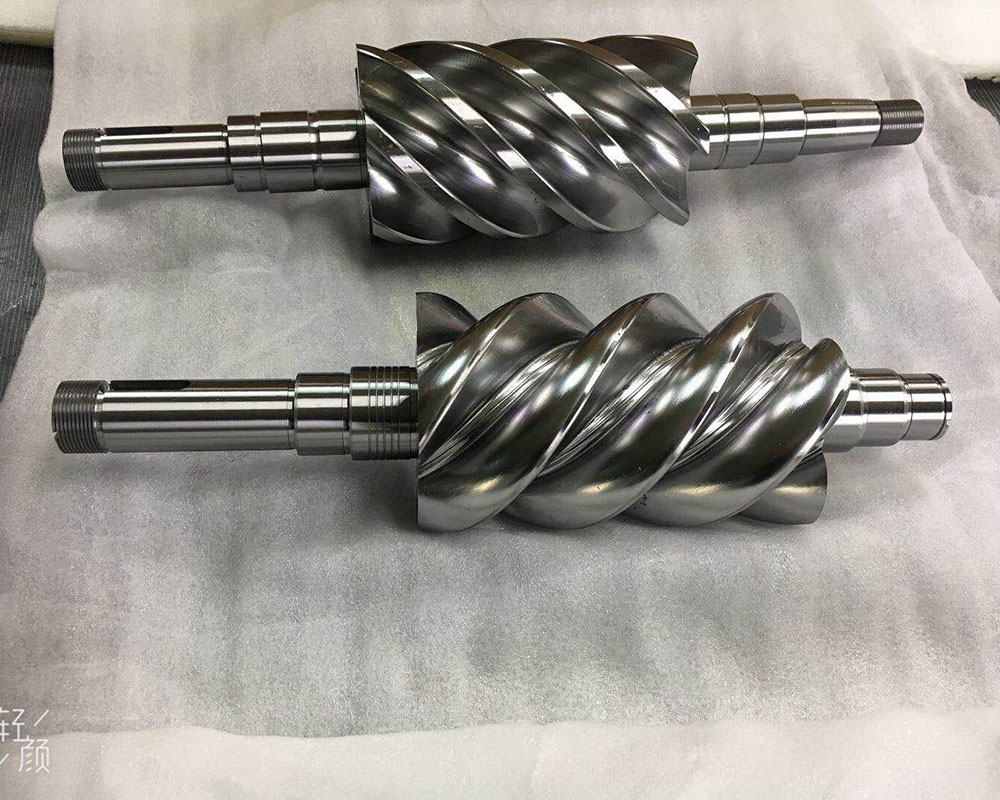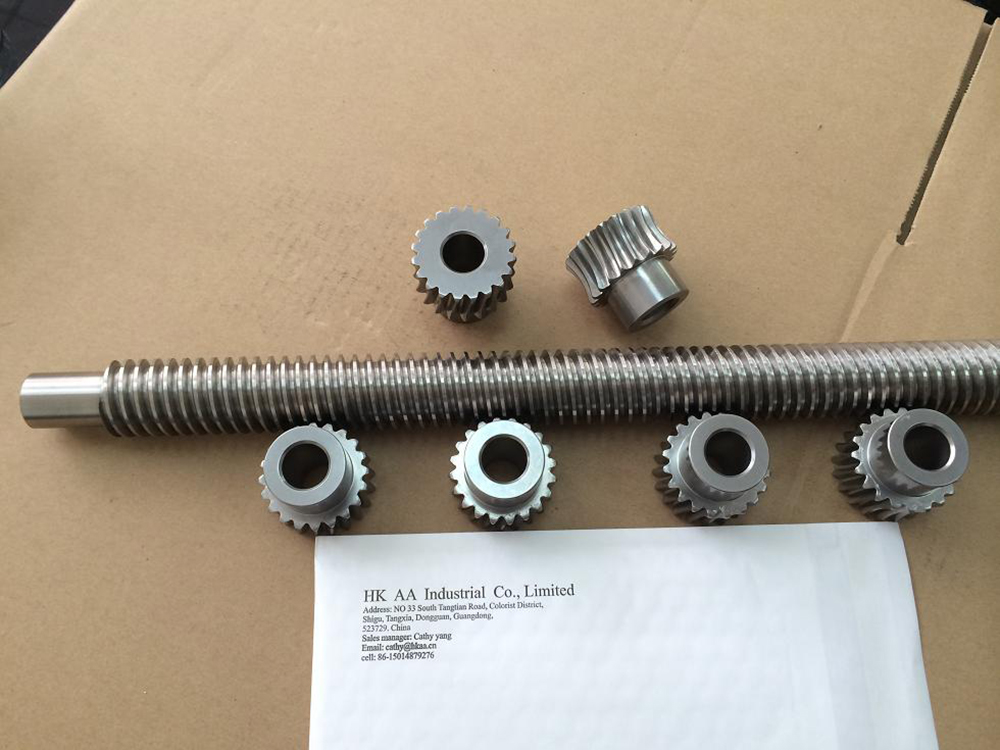HKAA Machining brings a wealth of experience from crafting thousands of custom shafts, ensuring your project benefits from high efficiency, precision, cost-effectiveness, and swift delivery.
Custom shaft manufacturing is the process of creating specialized shafts designed to meet the unique requirements of a particular application or project. It involves a collaborative effort between the customer and the manufacturer to engineer the shaft, selecting the appropriate materials, dimensions, and surface treatments. Advanced manufacturing techniques, such as CNC machining and specialized fabrication processes, are then employed to produce the custom shaft to the desired level of precision and quality.
This flexibility allows engineers and designers to optimize their mechanical systems, improve efficiency, and overcome the limitations of off-the-shelf components. Custom shaft manufacturing is particularly valuable in industries like aerospace, automotive, and industrial machinery, where tailored solutions are often required.

The key machining steps involved in producing customized shafts include advanced CNC (Computer Numerical Control) techniques such as turning, milling, and grinding. These precise fabrication methods are used to manufacture the shaft to the required dimensional accuracy, surface finish, and any specialized features like keyways or splines. Specialized processes like induction hardening may also be employed to enhance the shaft’s material properties and performance characteristics. Careful quality control measures are implemented throughout the machining process to ensure the final product meets the customer’s exact specifications.
CNC turning is a crucial machining process for manufacturing custom shafts, enabling the precise fabrication of the shaft's cylindrical geometry and dimensions.
CNC milling is used to create specialized features on custom shafts, such as keyways, splines, and stepped diameters, improving functionality and component integration.
CNC grinding provides the final surface finish on custom shafts, ensuring tight dimensional tolerances and exceptional surface quality for optimal performance.
Heat treatment processes can be used to enhance the strength, hardness, and wear resistance of custom shaft materials, improving the shaft's overall durability.
Surface finishing techniques, such as polishing or honing, are used to achieve the desired surface roughness and minimize friction on custom shafts.
Widely used for its strength, durability, and cost-effectiveness, available in various grades and alloys to meet specific performance requirements.
Offers excellent corrosion resistance, making it suitable for harsh environments, available in different grades like 304 and 316.
Lightweight yet strong, making it suitable for applications where weight reduction is important, easy to machine and finish.
A copper-zinc alloy with good corrosion resistance, machinability, and aesthetic appeal, often used in decorative or low-load applications.
Extremely strong and lightweight, with excellent corrosion resistance, commonly used in aerospace and medical applications.
Fiber-reinforced composites, such as carbon fiber or fiberglass, provide exceptional strength and low weight for specialized applications.

Solid Shaft: A single, continuous cylindrical piece of material, the simplest and most basic shaft type, commonly used in low-power and low-speed applications like hand tools and small machinery.
Hollow Shaft: Also known as a tubular shaft, it has a hollow, cylindrical design with a central bore, making it lighter in weight compared to solid shafts, suitable for weight-sensitive applications.
Stepped Shaft: Features two or more diameters along its length, allowing it to accommodate various components like bearings, gears, or pulleys, providing a way to transition between different component sizes.
Tapered Shaft: Has a gradually decreasing or increasing diameter along its length, enabling a secure fit for components like pulleys or gears that need to be mounted on the shaft.
Splined Shaft: Incorporates a series of parallel grooves or ridges, called splines, running along its length, allowing the shaft to transmit torque and power to connected components.
Keyed Shaft: Has a flat surface or groove, called a keyway, running along its length, providing a secure mounting point for components like pulleys or gears, preventing them from slipping.
